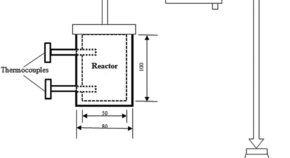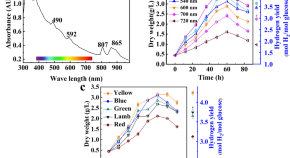

For synthetic fuels to aid in a transition towards cleaner transportation, they must fulfil criteria related to scalability, compatibility with existing infrastructure and environmental impacts. Here the authors show that hydroformylated Fischer–Tropsch fuels comprising optimized alkane–alcohol blends are promising candidates when judged by these metrics.


Biohydrogen production technologies effectively use waste biomass resources and produce high-purity hydrogen. Here, authors present and evaluate a continuous pilot-scale biohydrogen production system based on spectrum coupling, thermal effect, and multiphase flow properties of hydrogen production.

Large scale cellulosic biofuel production involves complex interactions between biomass supply, biorefineries and the networks that connect them. New fine-scale spatially explicit modelling seeks to better understand how these components could best integrate with carbon capture to minimize greenhouse gas emissions and optimize biofuel supply chains.
Recent policies are promoting the conditions for a transformation of the transportation sector worldwide. Here, we look at the example from the European Union and reflect on the opportunities that initiatives such as Fit for 55 represent for catalysis science.
Editorial 22 Sept 2022 Nature Catalysis Volume: 5, P: 747
As an alternative to fossil fuels for shipping, aviation and rocketry, high-energy polycyclopropanated fuels can be generated using a bacterial host.